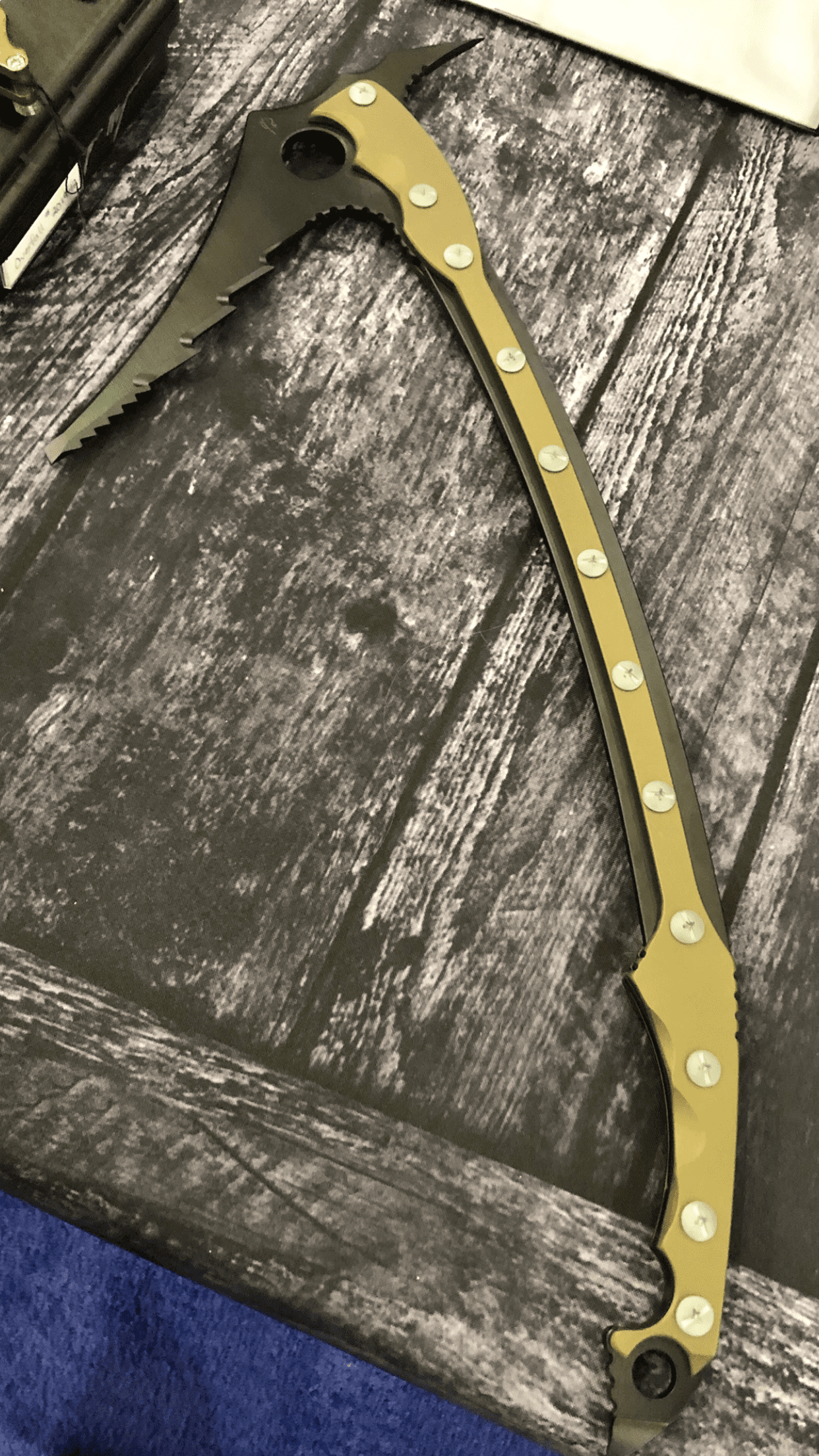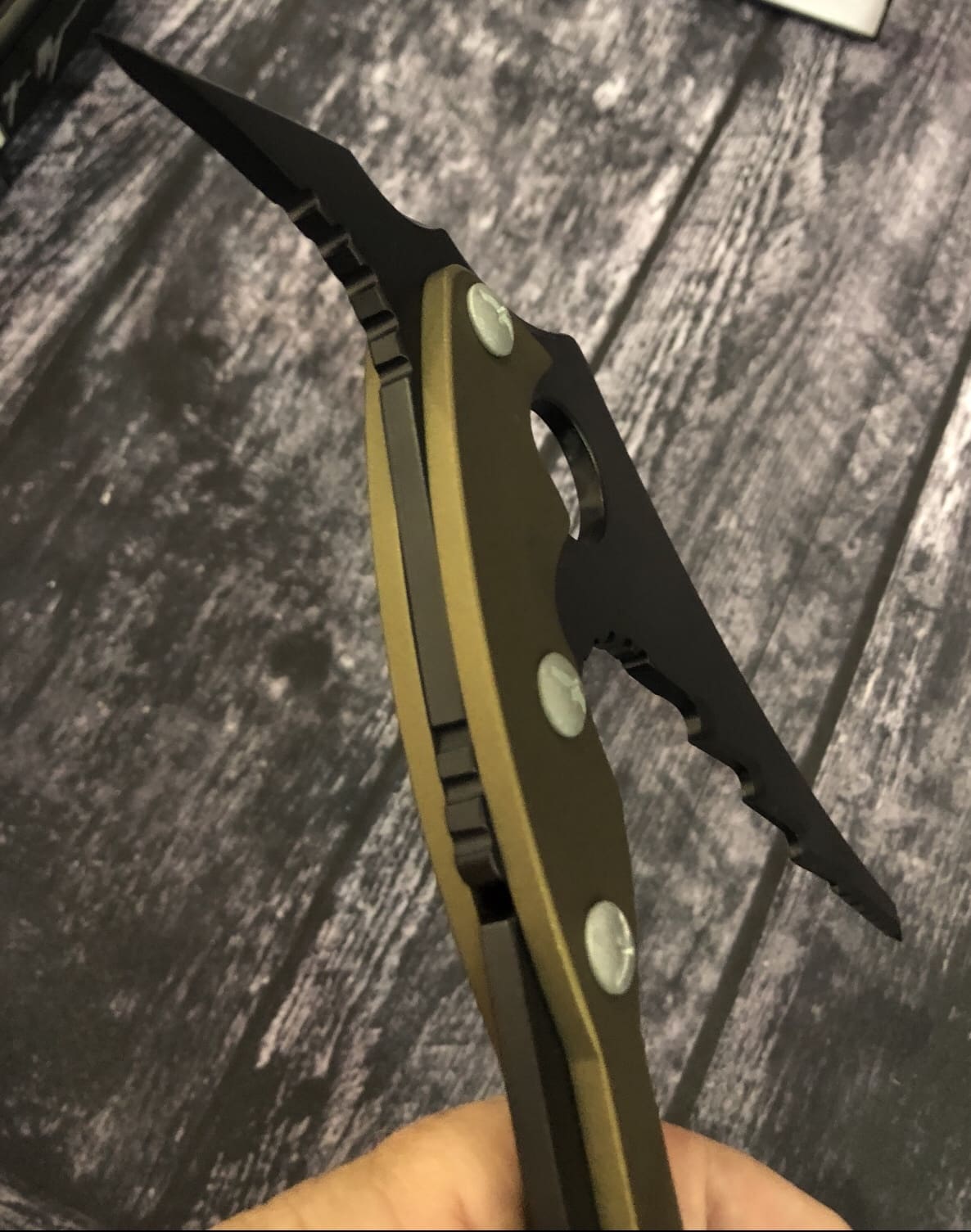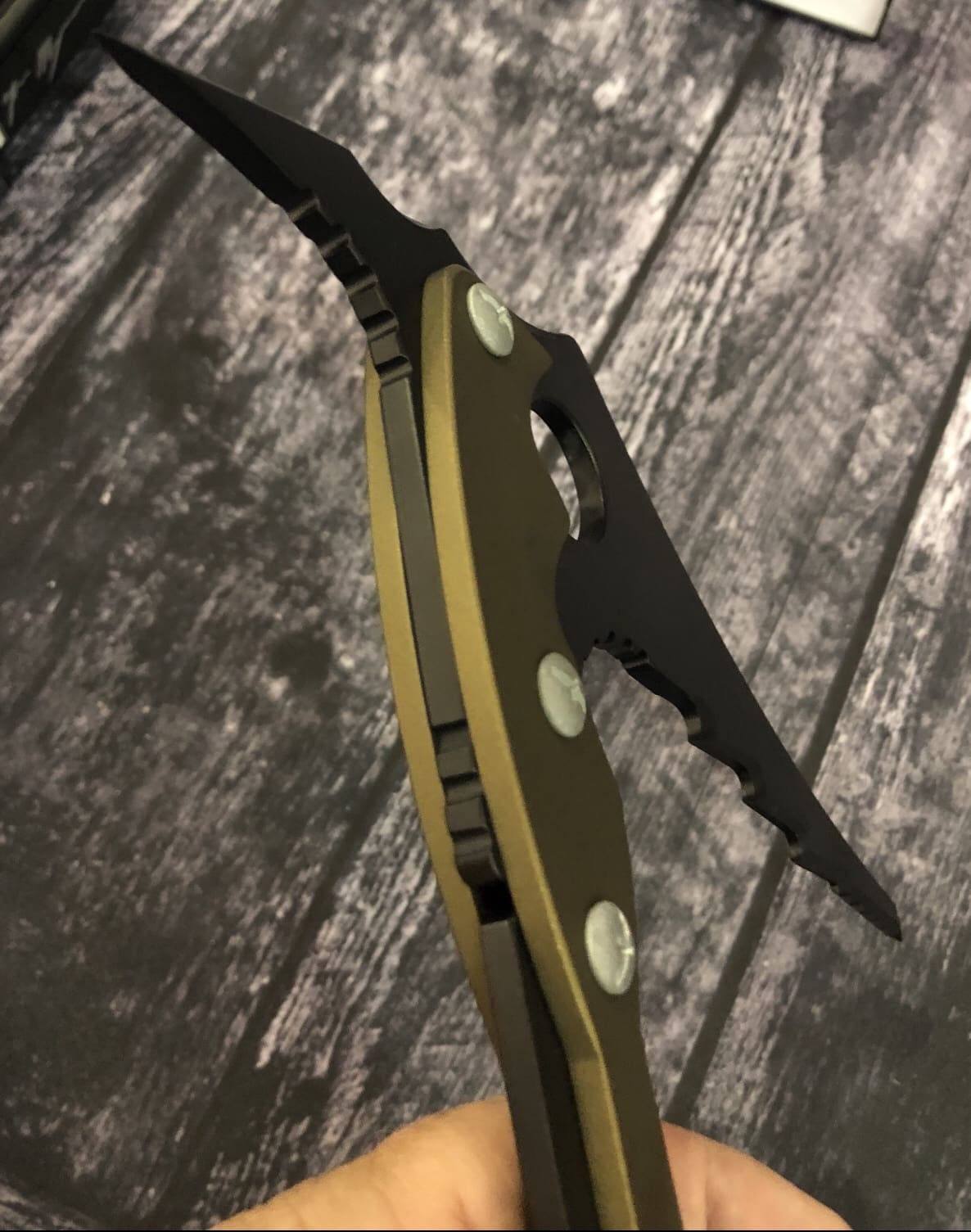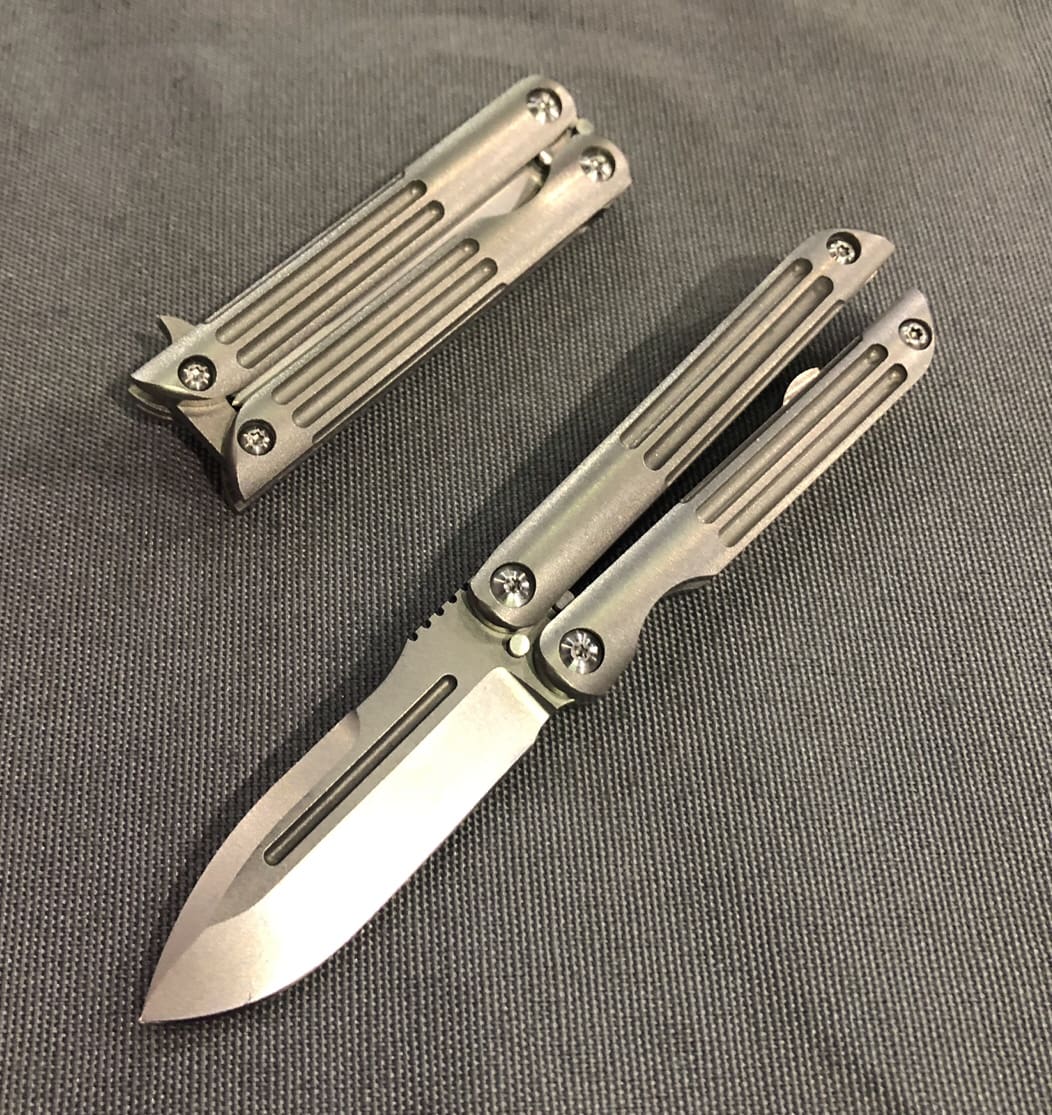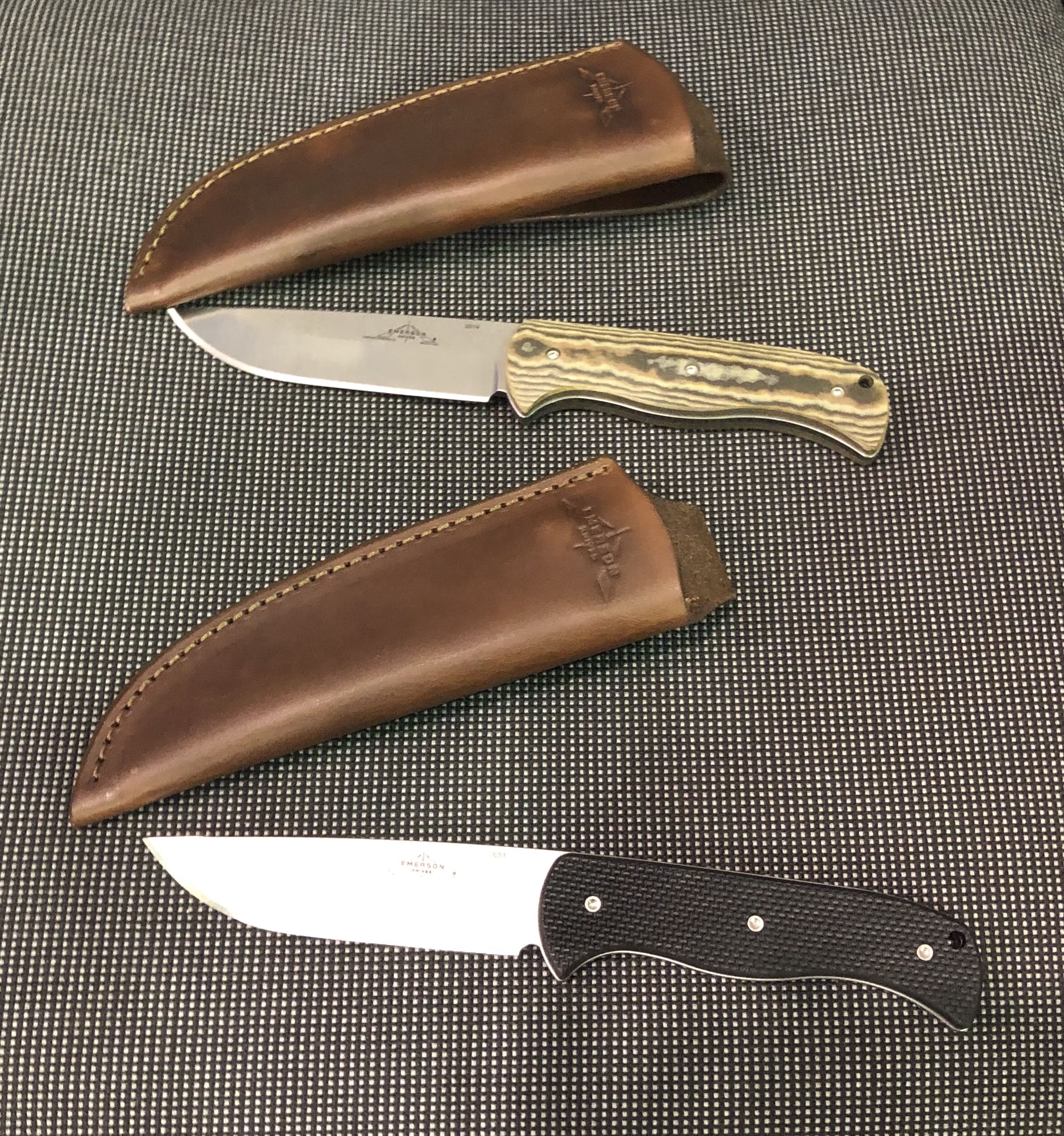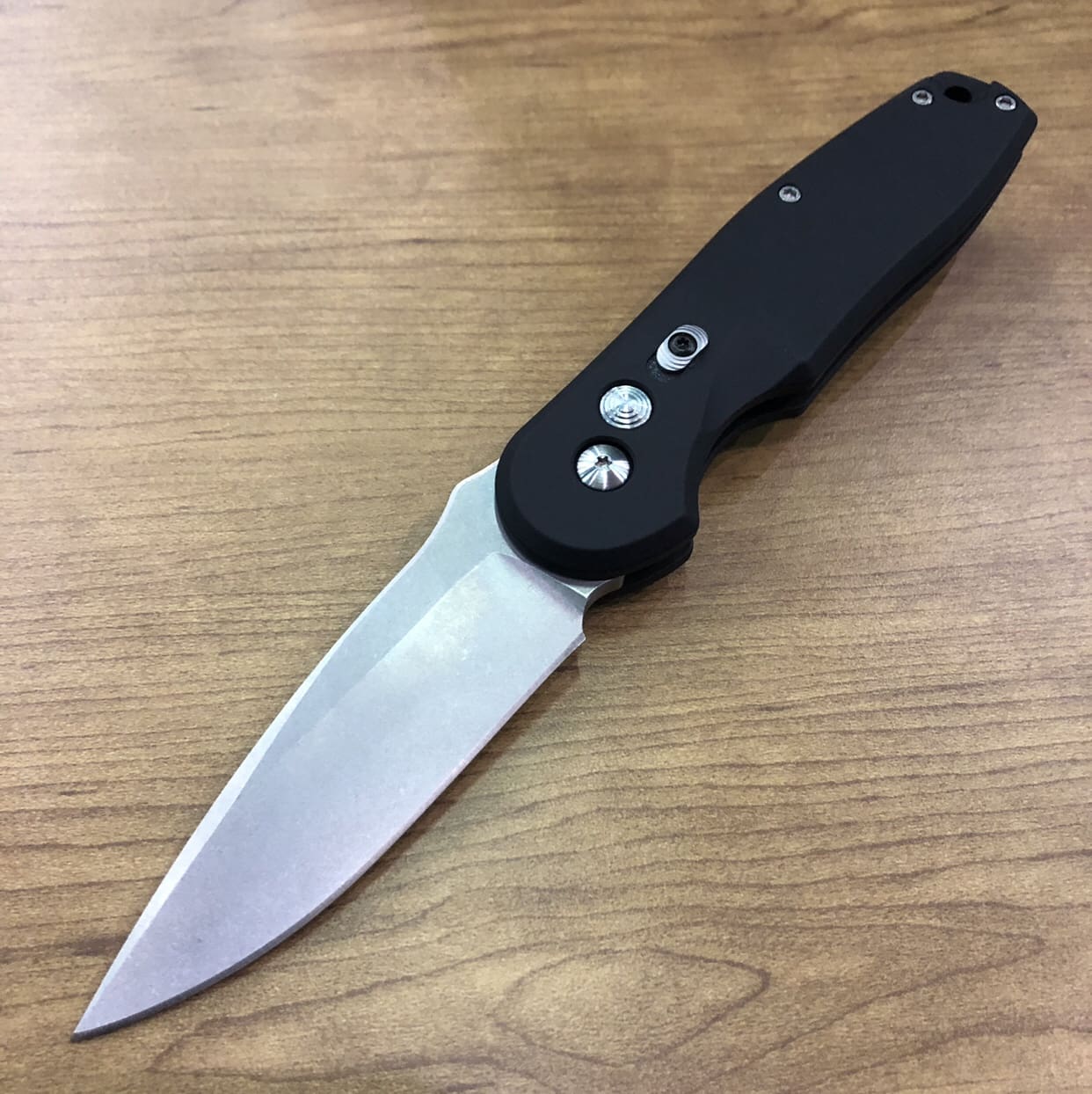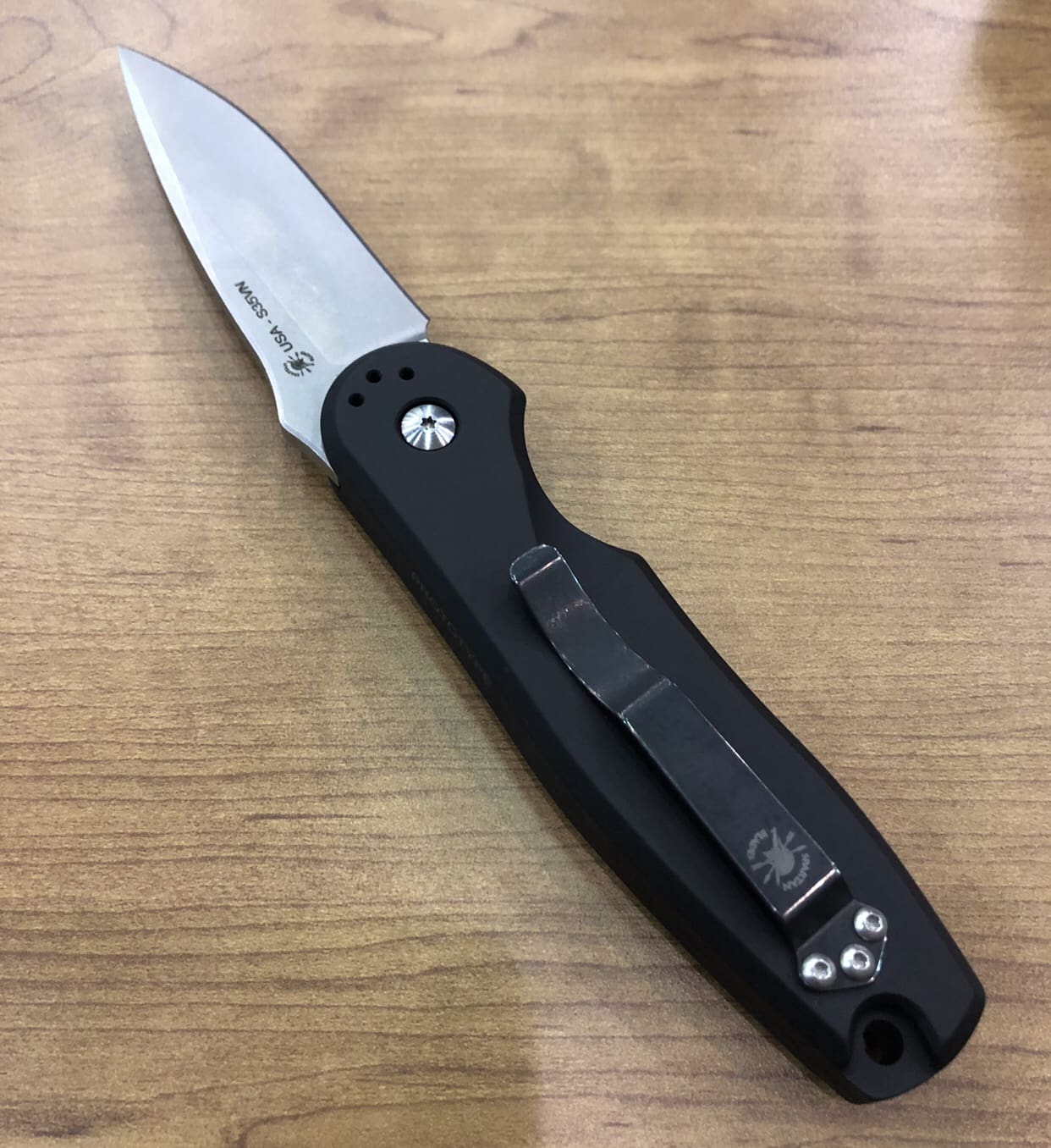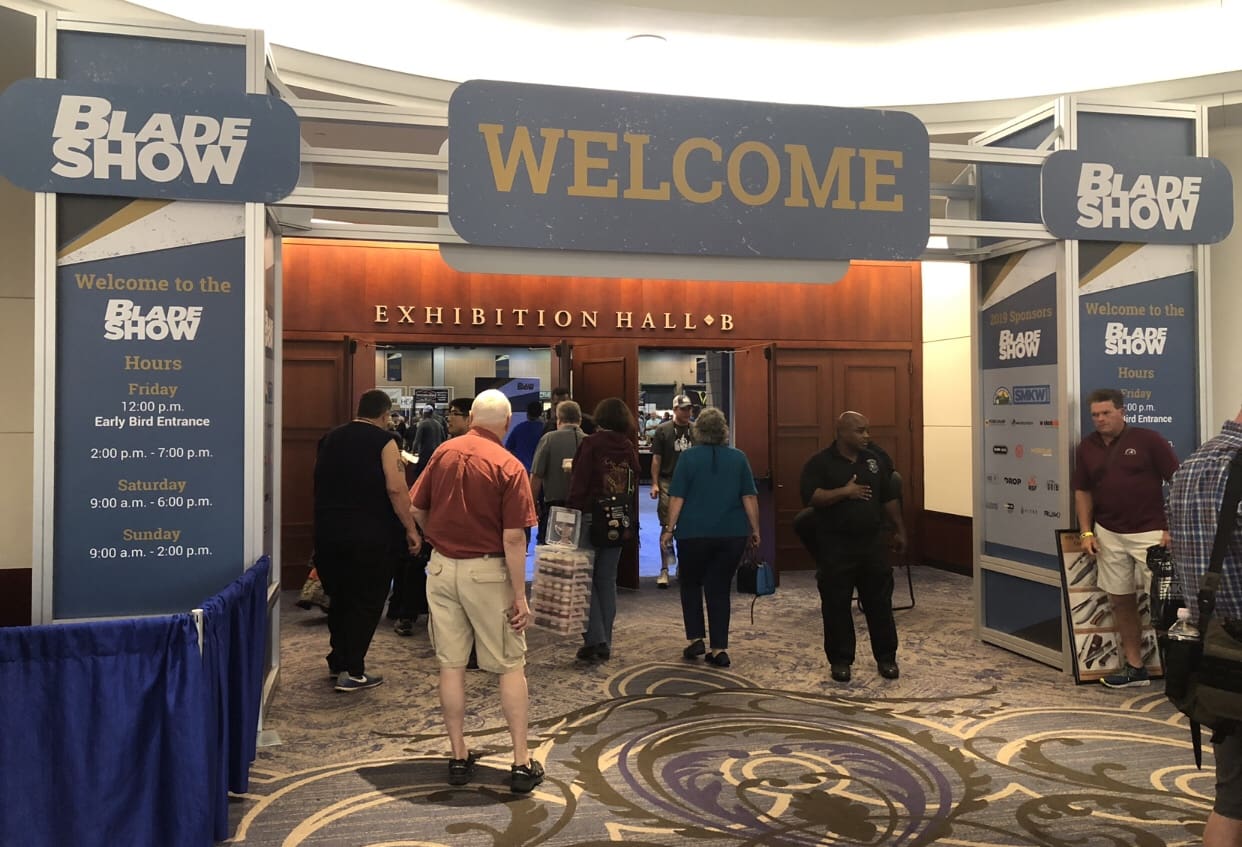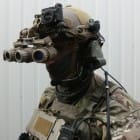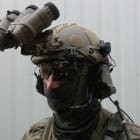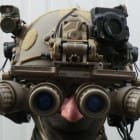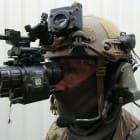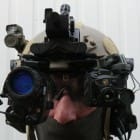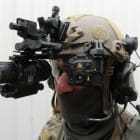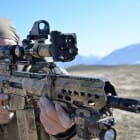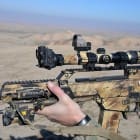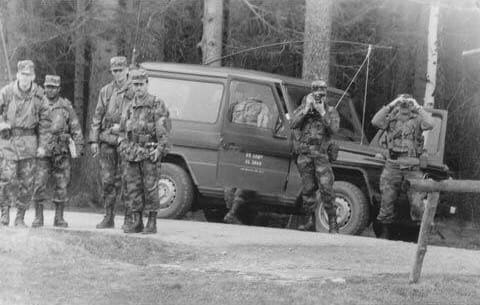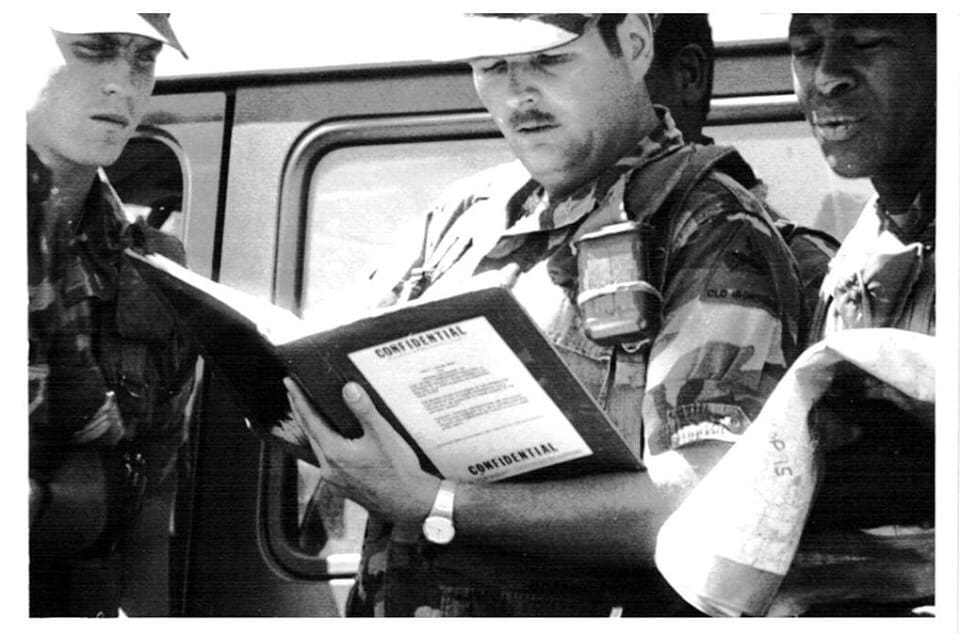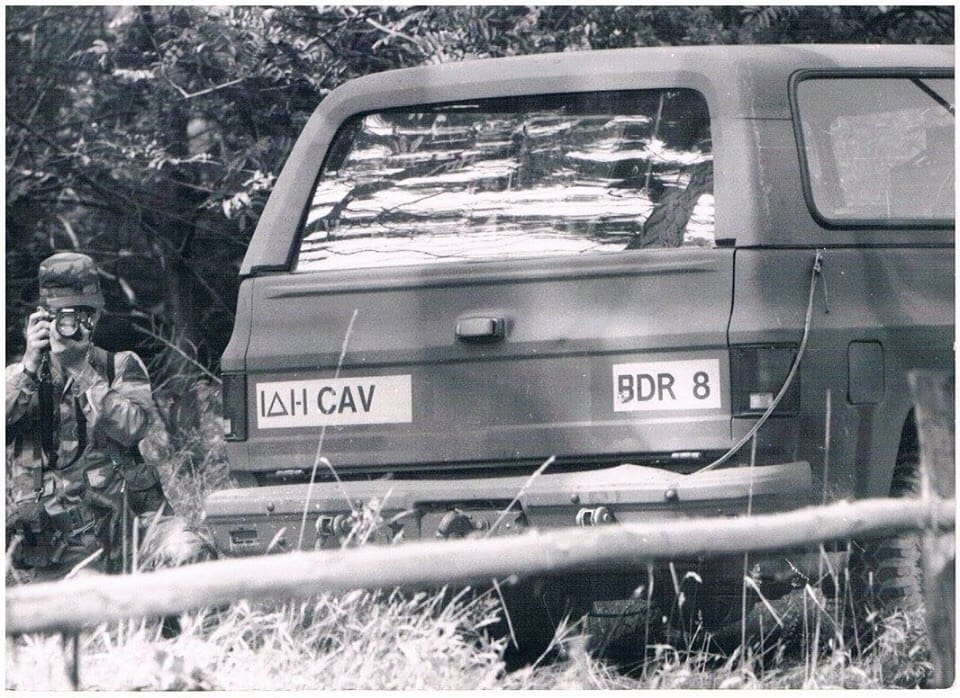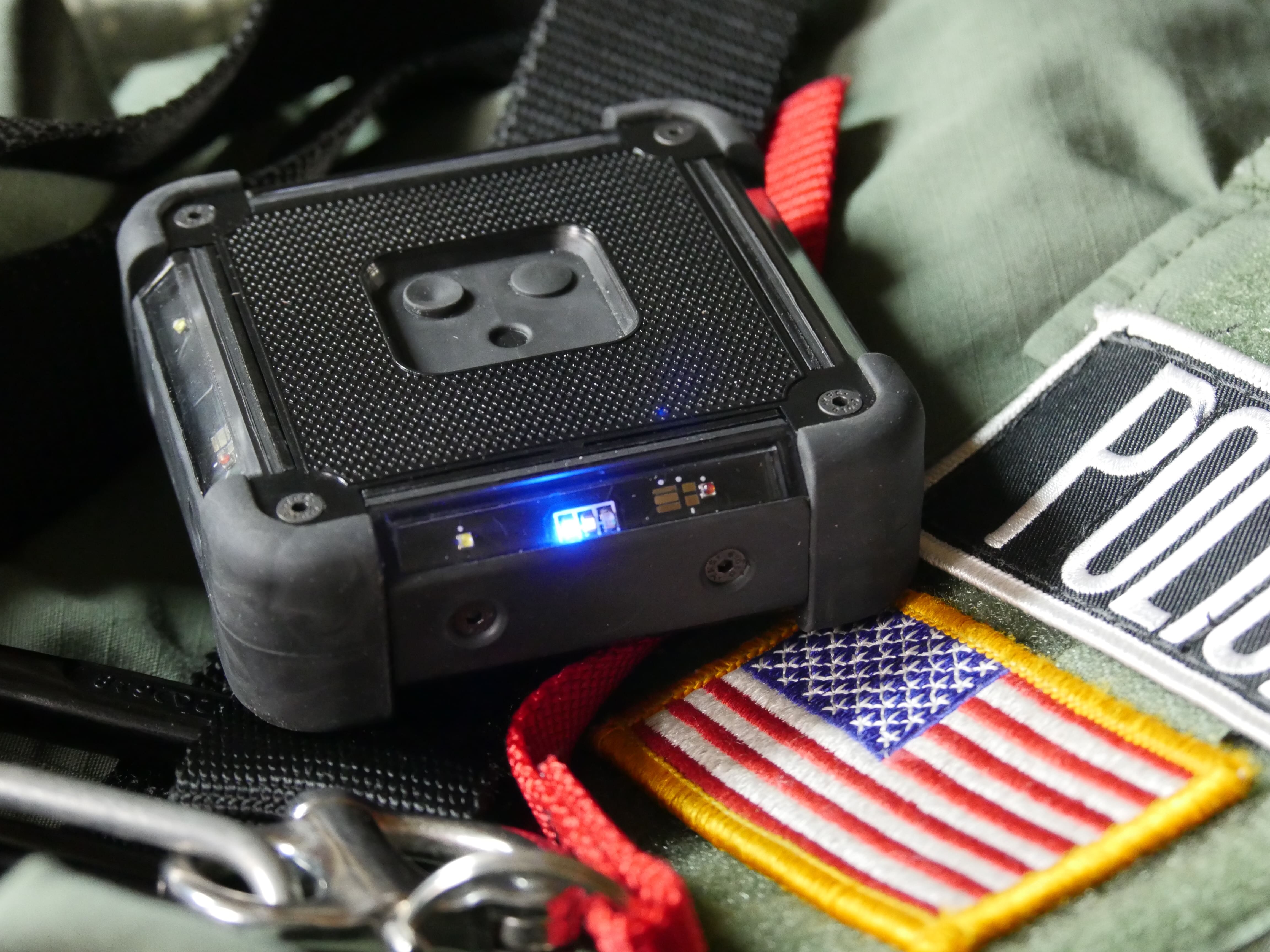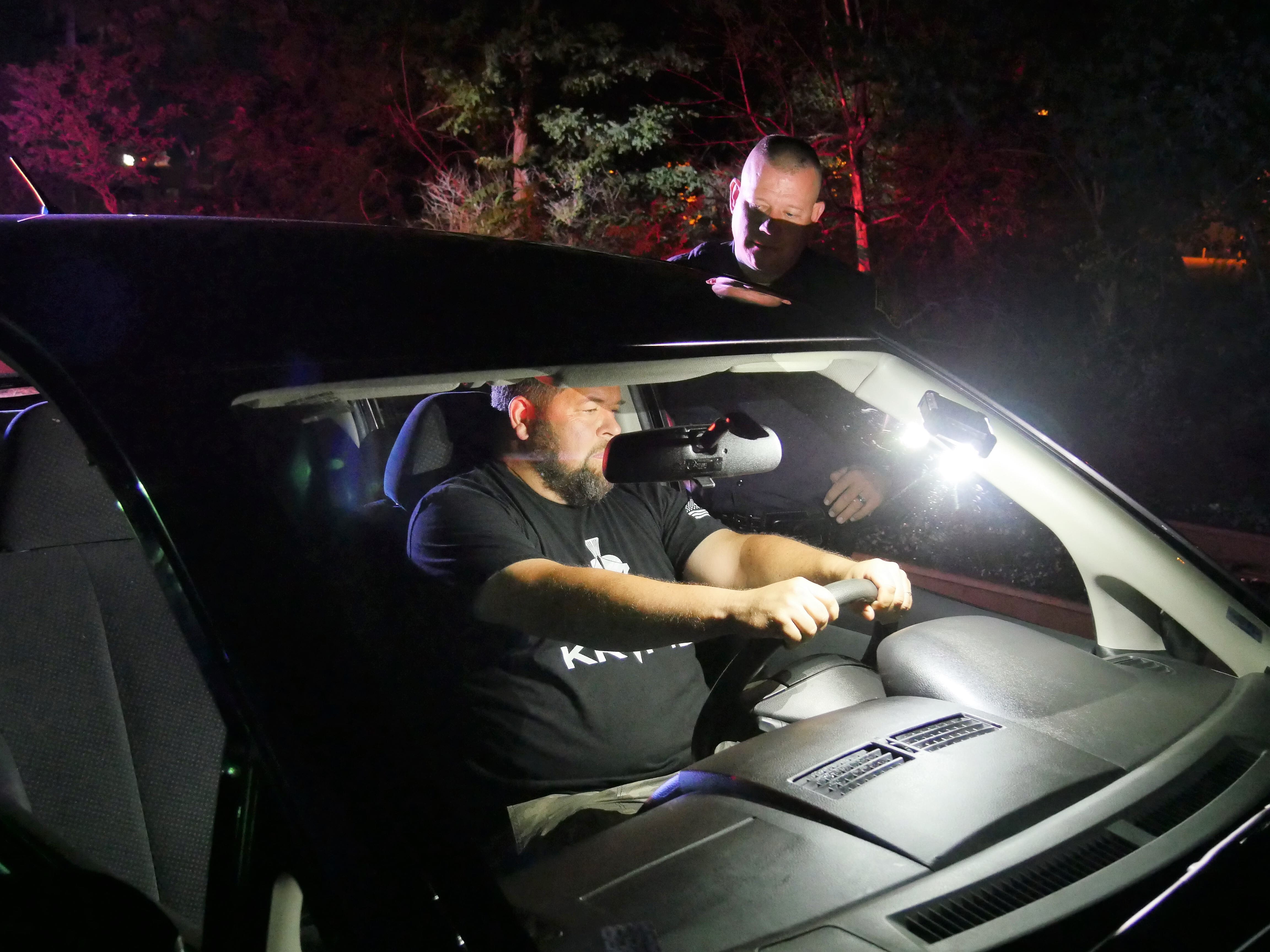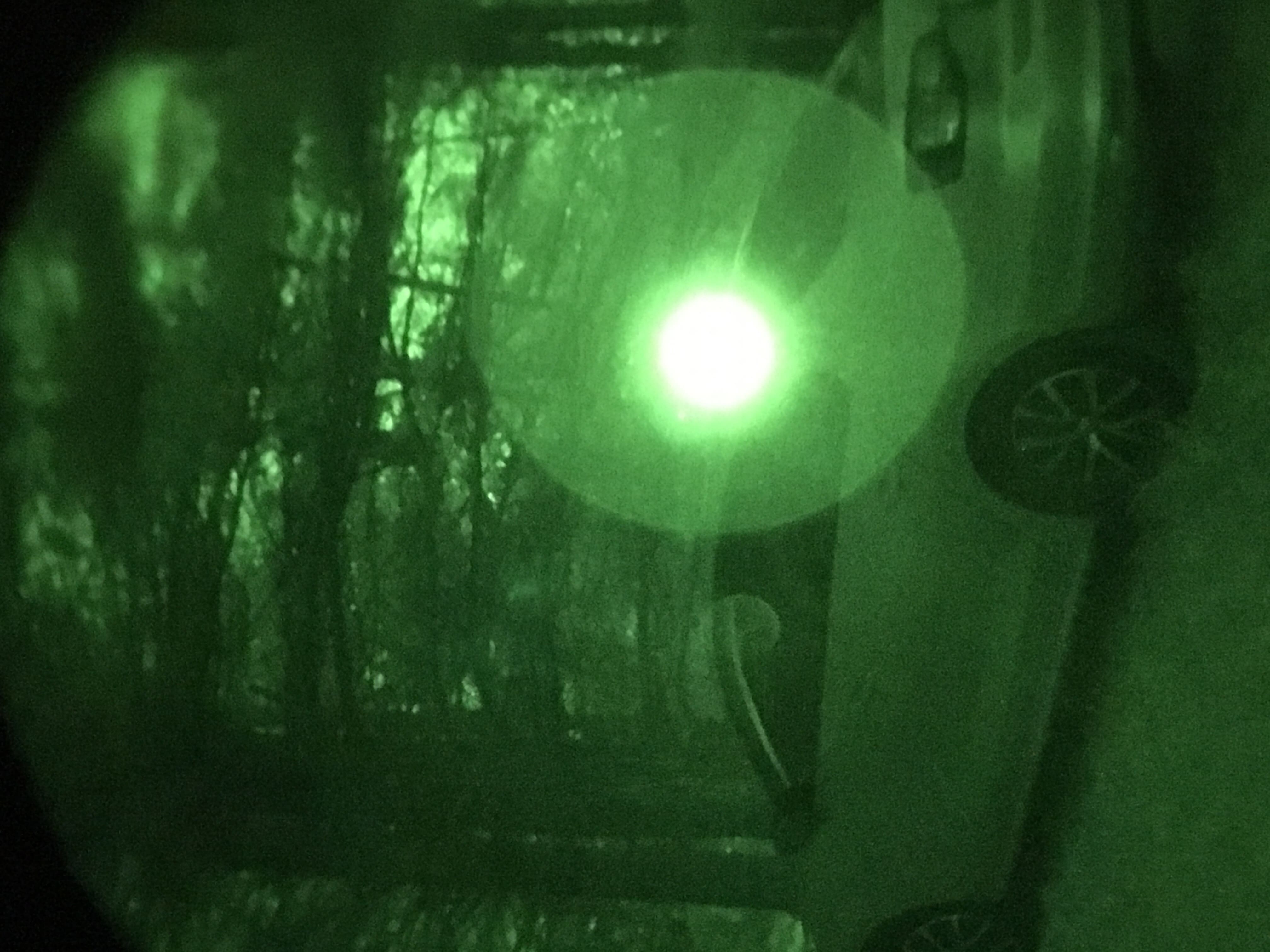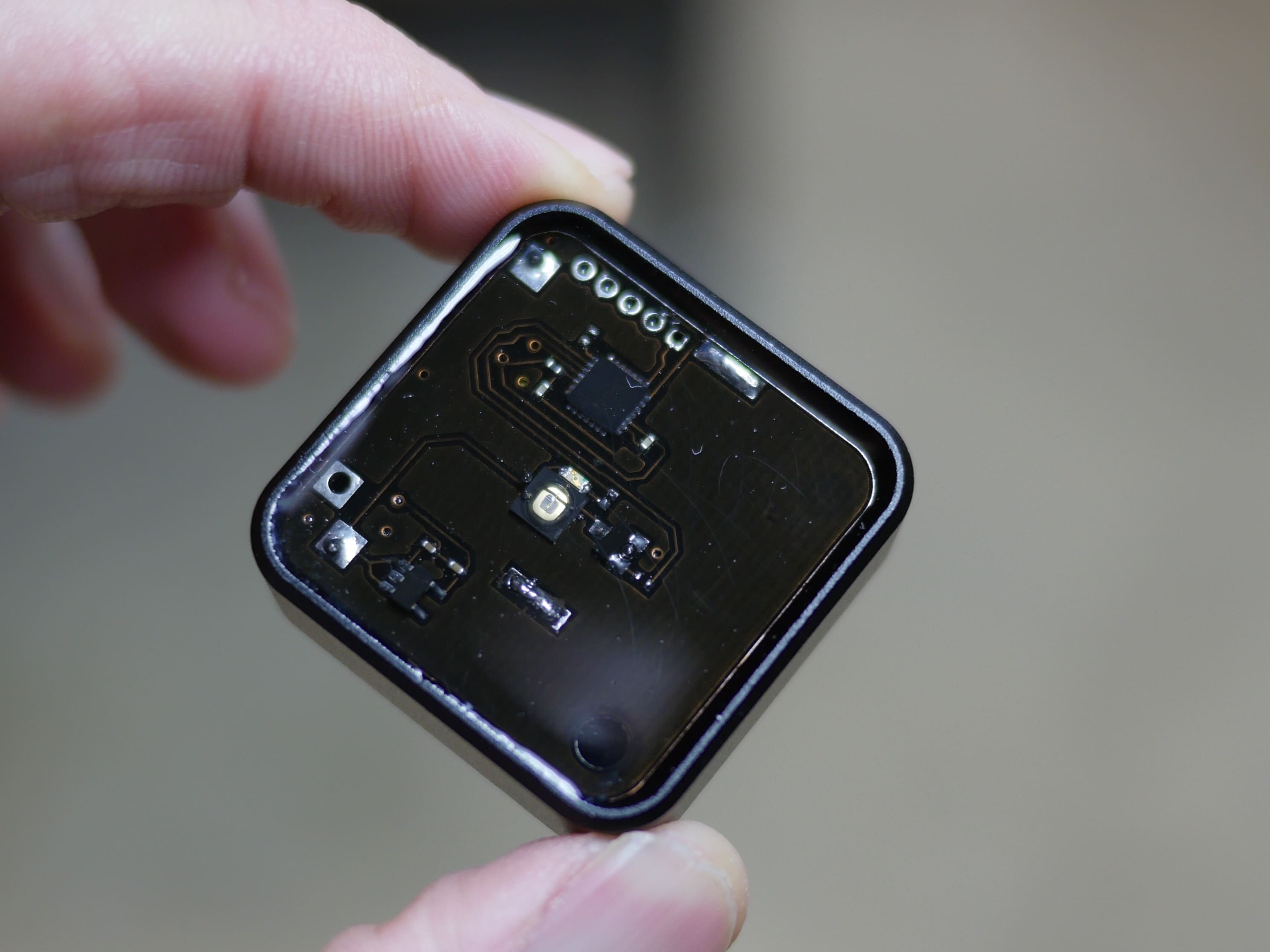The TILO-3Z+ thermal was tested in military operation in Afghanistan for 12 weeks. Although the TILO-3Z+ was used on an almost daily basis, no technical problems occurred. Also, there were only minor traces of usage. This shows the absolute ruggedness and first-class workmanship of this small thermal imaging device.
The TILO-3Z+ was used as observation instrument mounted on a helmet as well as attachment to a scope 1.5-6 x 24 on an assault rifle. It was unproblematic to mount the device on an OpsCore Fast Ballistic helmet using the adapter provided. With the 30 mm adapter from ACTinBlack the TILO-3Z+ could also be easily attach to the scope.
Mounted on Helmet
It is standard to perform night missions with a night vision enhancement device in combination with a red dot sight. In our case the GPNVG from L3 Insight Technology as well as the Argus goggles from Theon Sensors were used. By attaching the TILO-3Z+ to the helmet, thermal imaging technology could be deployed quickly. The small form factor of the device facilitated this task. The GPNVG tubes are made with green phosphor. Therefore TILO-3Z+ was used with thermal filter “Cold Green” CG.
TILO-3Z+ could be easily positioned in front of the eye. It was compatible with the image enhancing technology. Both devices complemented each other perfectly. This increased the spotting ability of the user. TILO-3Z+ was used almost daily as shown on below pictures.
Later, the TILO-3Z+ was combined with Argus goggles. The goggles were installed as a monocular. The operator used them in front of his right eye, while in front of his left eye the TILO-3Z+ was mounted. To assure that both eyes are exposed to green light, also in this case the thermal filter “Cold Green” CG was applied. A clear image was obtained by collimation. This combination allows the use of both night vision techniques simultaneously which presented an invaluable tactical advantage.
The LEDs were also not used with the GPNVG goggles. This reason is: LED lights are positioned on front of the TILO-3Z+. If folded up, they point into the direction of the helmet. If folded down, they could be used but the TILO-3Z+ would block the field of vision of one eye, which is not ideal.
In combination with the Argus goggles the IR LED could be used. But with the ITT Gen 3 tube it was found to work only in total darkness due to its modest brightness (see also IR LED test).
Attached to a Scope
The TILO-3Z+ was attached to a scope from “Schmidt und Bender” 1.5-6 x 24 on an assault rifle. This was easy with the 30 mm camera adapter from ACTinBlack. Following the instructions from the handbook, zeroing and collimation was unproblematic.
During the tests steel objects (30 x 40 cm) were targeted at distances between 100 and 350 m. After being heated up by the sun they could be identified very well from 50 m. At distances from 150 m the limitations of the TILO-3Z+ in combination with a scope became apparent, as a proper identification of the targets was no longer assured.
The resolution of the sensor (320 x 256 pixel @ 60 Hz) in combination with the small objective and the attached scope are probably the limiting factors. To benefit from tactical advantages at more than 150 m, the premium model with 640 x 512 pixel in combination with a 3x ancillary lens should be choose.
It could be also considered to develop the TILO-3 further to become a clip-on thermal sighting system. To such a standalone device an adjustable crosshair would need to be added as well as a mount for a Picatinny rail.
In conclusion, the TILO-3Z+ mounted on helmet is an essential tool in tactical scenarios. Its thermal imaging capabilities provide strong support on the battlefield. Due to its low weight it does not disturb the user. The TILO-3Z+ is suitable only to a limited extend attached to a scope, as in this application its strengths are not fully exploited.
IR LED Test:
The IR LED of TILO-3Z+ was tested with following 3 different Gen 3 tubes for image enhancement to evaluate its brightness:
Goggles GPNVG from L3 Insight Technology Gen 3 L3 tube (green phosphor)
Goggles FGE from L3 Insight Technology Gen 3 tube (white phosphor)
Goggles Argus Panoptes from Theon Sensors Gen 3 ITT tube (green phosphor)
First the brightness was tested with residual light in an urban environment. All 3 tubes were activated. The luminosity of the LED had no visible effect. An image analysis was not possible.
In a second trial a residential container was darkened out completely. A printed comic target was position in about 12 m distance. 3 pictures were taken with each tube: 1 without LED light, 1 with LED light at lowest setting and 1 with LED light at highest setting.
Goggles GPNVG from L3 Insight Technology Gen 3 L3 tube (green phosphor)
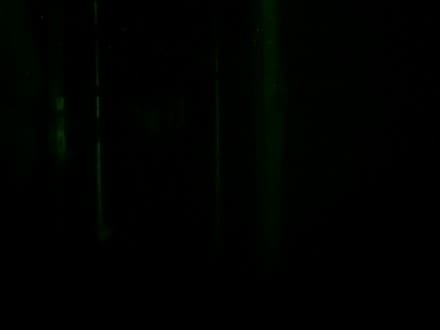
No LED
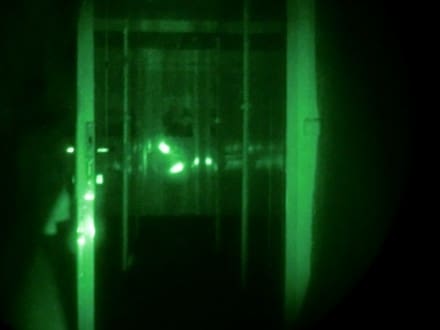
Lowest Setting
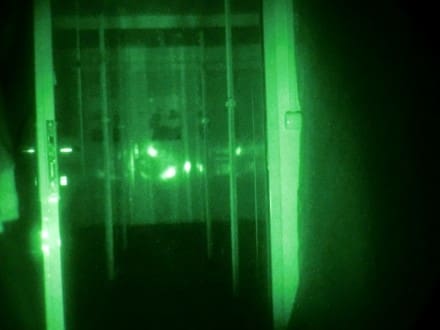
Highest Setting
Goggles FGE from L3 Insight Technology Gen 3 tube (white phosphor)
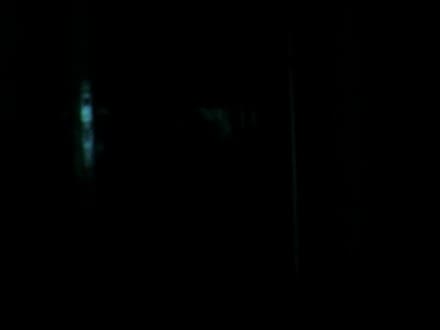
No LED
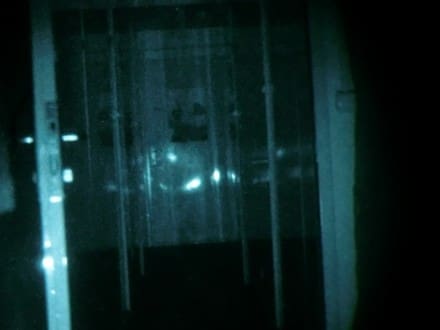
Lowest Setting
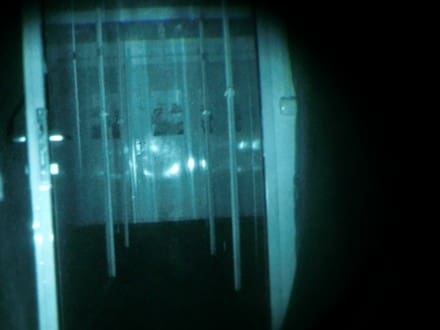
Highest Setting
Goggles Argus Panoptes from Theon Sensors Gen 3 ITT tube (green phosphor)
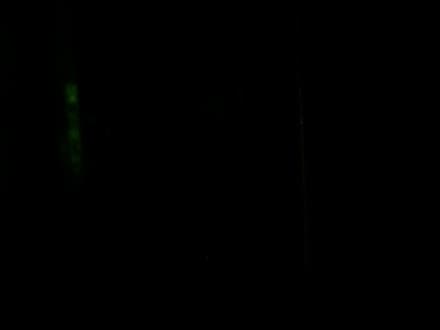
No LED
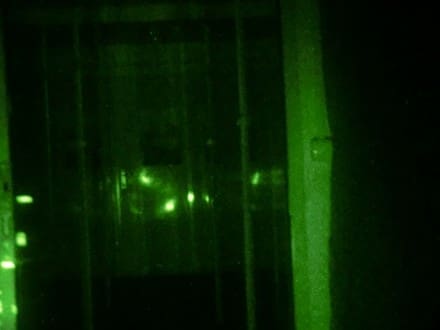
Lowest Setting
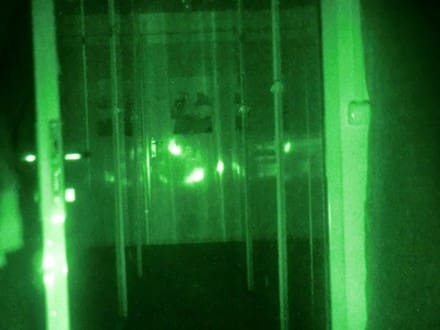
Highest Setting
Conclusion IR LED Test:
The IR LED of TILO-3Z+ works with the Gen 3 tubes of known US manufacturers. The paper target could be identified easily as well as the depicted weapon. Precondition is complete darkness and a relative short distance to the illuminated medium. The range of the IR LED of TILO-3Z+ in combination with the 3 image enhancement goggles is 20 to 30 m (Note: The real images are significantly better, than those captured on photo.).
Overall Conclusion: The TILO-3Z+ was found to be a felicitous thermal imaging device which has enormous strength in combination with night vision enhancement googles. This device is also a useful companion at hunting grounds.
It was a pleasure to carry and test the TILO-3Z+. Many thanks to Andres Industries for this opportunity.
Comment by Andres Industries regarding IR LED test:
The boost obtained with the American Gen 3 tubes was far less effective than it would have been with European tubes as those enhance much better the longwave light emitted by the IR LED.
ACTinBlack: actinblack.lu
ANDRES INDUSTRIES: www.andres-industries-shop.de
SPARTANAT: www.spartanat.com
